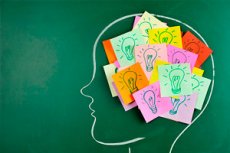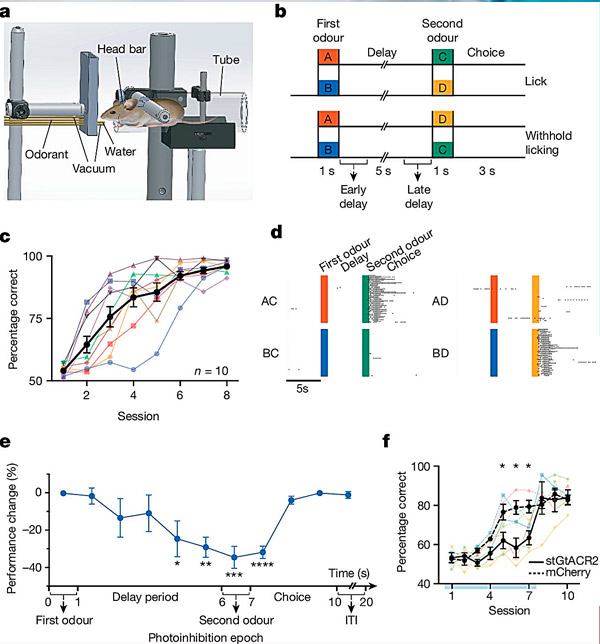New publications
Repetitive practice improves working memory and changes brain pathways
Last reviewed: 02.07.2025

All iLive content is medically reviewed or fact checked to ensure as much factual accuracy as possible.
We have strict sourcing guidelines and only link to reputable media sites, academic research institutions and, whenever possible, medically peer reviewed studies. Note that the numbers in parentheses ([1], [2], etc.) are clickable links to these studies.
If you feel that any of our content is inaccurate, out-of-date, or otherwise questionable, please select it and press Ctrl + Enter.

A new study from UCLA Health has found that repeated practice not only helps improve skills, but also leads to significant changes in the brain's memory pathways.
The study, published in the journal Nature and conducted in collaboration with Rockefeller University, sought to uncover how the brain's ability to store and process information, known as working memory, is improved by training.
To test this, the researchers asked mice to identify and recall a sequence of odors over the course of two weeks. The researchers monitored the animals’ neural activity as they performed the task, using a new, custom-built microscope to image the cellular activity of up to 73,000 neurons simultaneously across the entire cortex.
The study found changes in working memory circuits located in the secondary motor cortex as the mice repeated the task over time. When the mice first began learning the task, the memory representations were unstable. But after repeated practice of the task, the memory patterns began to stabilize, or “crystallize,” said lead author and UCLA Health neurologist Dr. Peyman Golshani.

Effect of optogenetic inhibition on working memory (WM) task performance.
A. Experimental setup.
B. Trial types in a delayed-associate WM task; licks were assessed during the 3-second choice period, with early and late delay periods marked.
C. Learning progress over eight sessions, measured by percentage of correct responses.
D. Example training session, with licks marked.
E. Effect of photoinhibition on task performance across epochs (fourth second of the delay period, P = 0.009; fifth second of the delay period, P = 0.005; second odor, P = 0.0004; first second of the choice period, P = 0.0001). Statistical analysis was performed using paired t-tests.
F. Photoinhibition of M2 in the last 2 seconds of the delay period during the first 7 days of training impairs task performance. n = 4 (stGtACR2-expressing mice) and n = 4 (mCherry-expressing mice). P values determined by two-sample t-tests for sessions 1–10 were as follows: P1 = 0.8425, P2 = 0.4610, P3 = 0.6904, P4 = 0.0724, P5 = 0.0463, P6 = 0.0146, P7 = 0.0161, P8 = 0.7065, P9 = 0.6530, and P10 = 0.7955. For c, e, and f, data are presented as mean ± s.e.m. NS, not significant; *P ≤ 0.05, **P ≤ 0.01, ***P ≤ 0.001, ****P ≤ 0.0001.
Source: Nature (2024). DOI: 10.1038/s41586-024-07425-w
"If you imagine that each neuron in the brain sounds like a single note, the melody that the brain generated while performing the task varied from day to day, but then became more and more refined and similar as the animals continued to practice the task," Golshani said.
These changes provide insight into why performance becomes more accurate and automatic with repeated practice.
"This discovery not only advances our understanding of learning and memory, but also has implications for addressing problems associated with memory impairment," Golshani said.
The work was carried out by Dr. Arash Bellafard, a UCLA project scientist, in close collaboration with Dr. Alipasha Vaziri's group at Rockefeller University.
